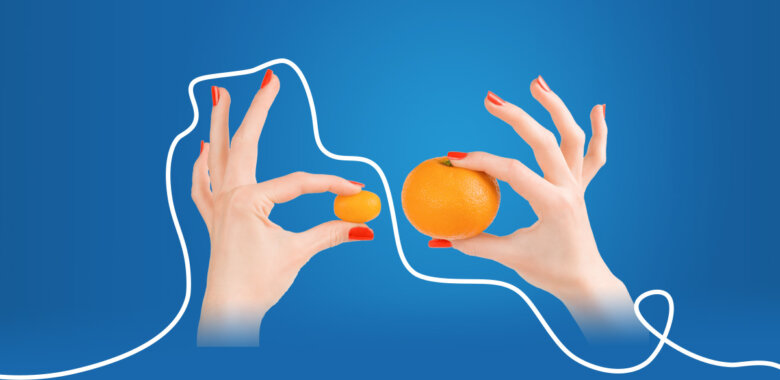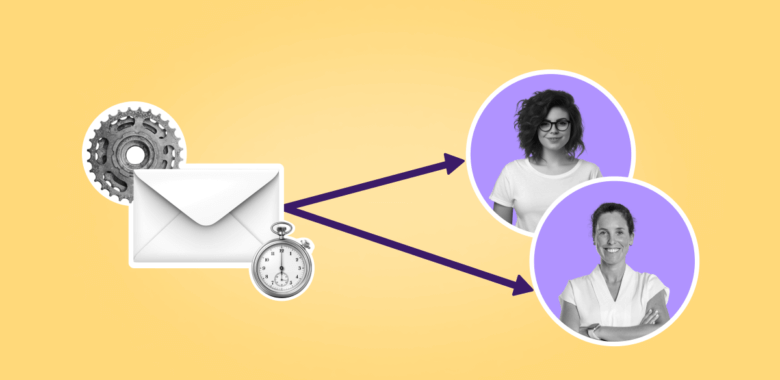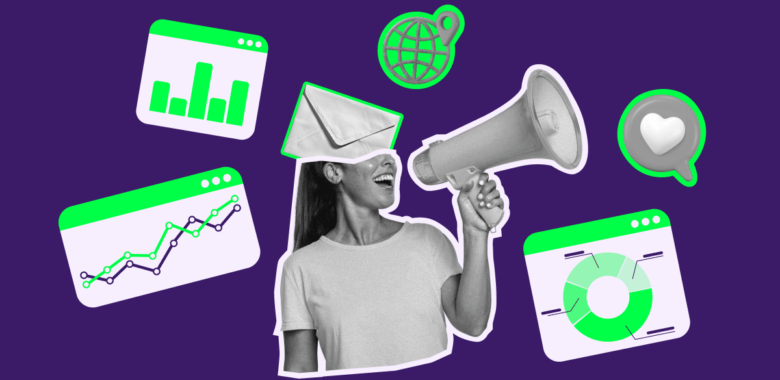What upsell emails are and how upsell is different from cross-sell
Upselling is when you offer a customer a similar yet superior and more expensive version of a product they want (or have already bought). It might be bigger, or smarter, or newer, or have additional properties — doesn’t matter, the idea is that it has to be more expensive.
Upselling sometimes gets confused with cross-selling which is another marketing technique aimed at motivating customers to purchase more goods or services. They mean different things but are indeed close in some respects, so on the internet, you can see that they are often covered in a single article. There’s a difference, though. Upsell is about comparable, cross-sell is about complementary.
For example, imagine a customer wants to buy an office chair from you. You can then convince them to buy a more ergonomic, comfortable and consequently more expensive chair — that would be an upsell. You can also sell some complementary products like footrests or cushions along with the chair they’ve chosen — that would be a cross-sell.





















